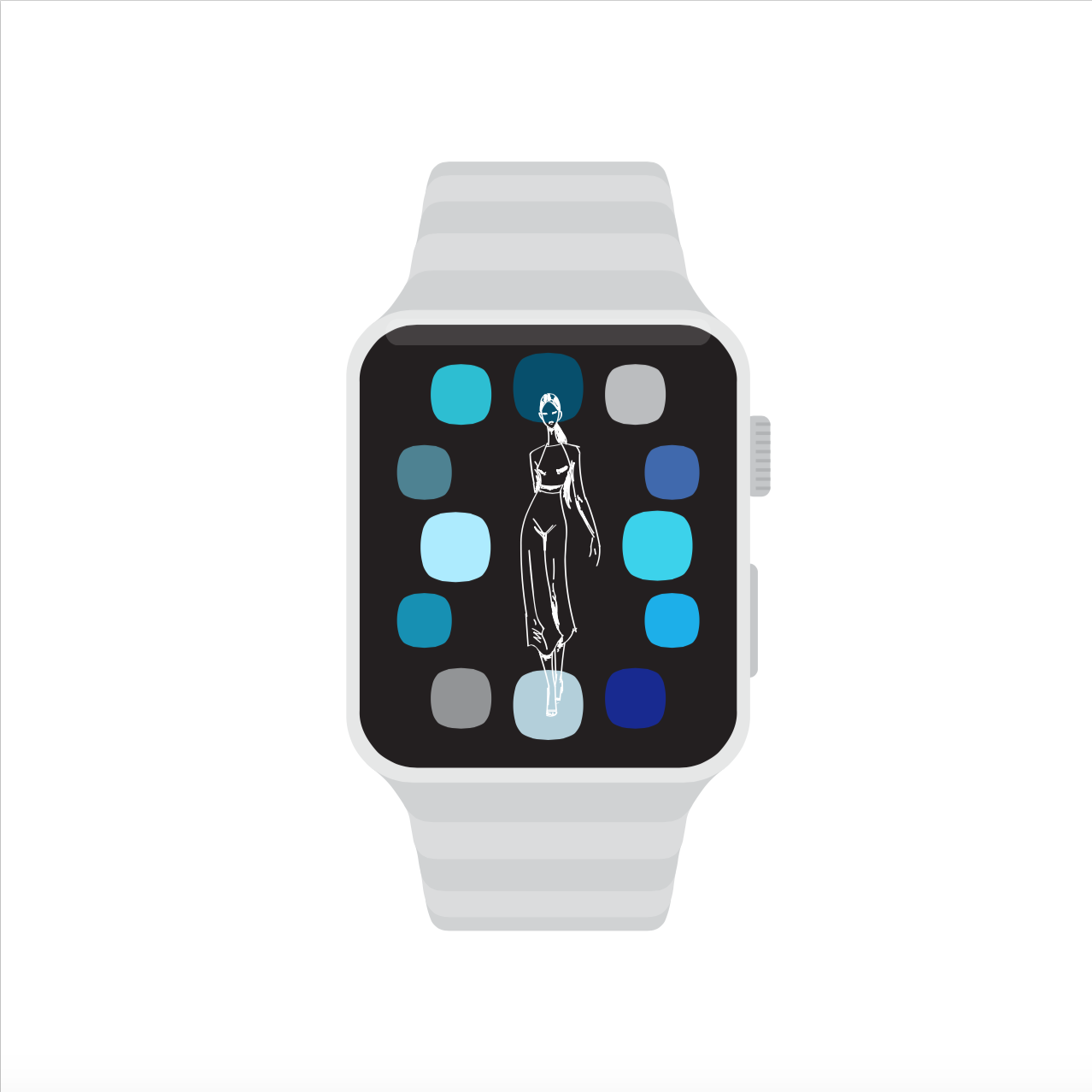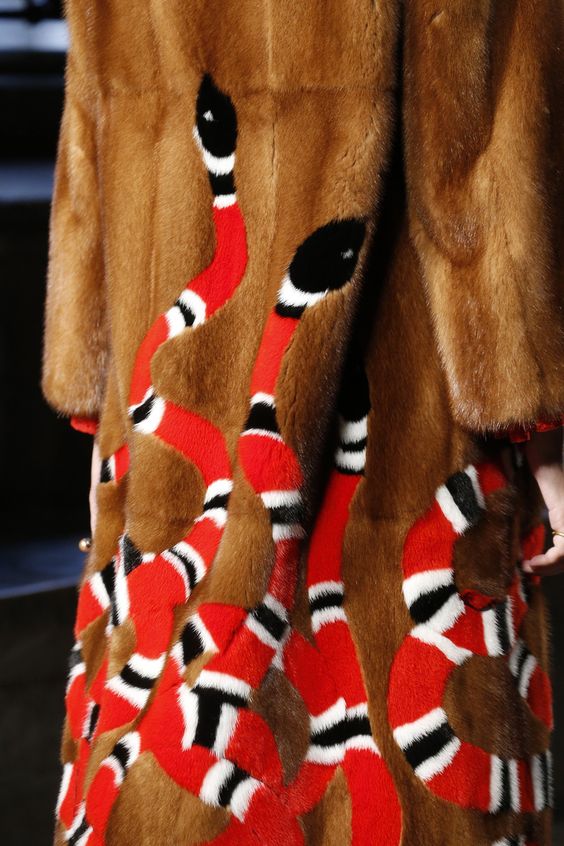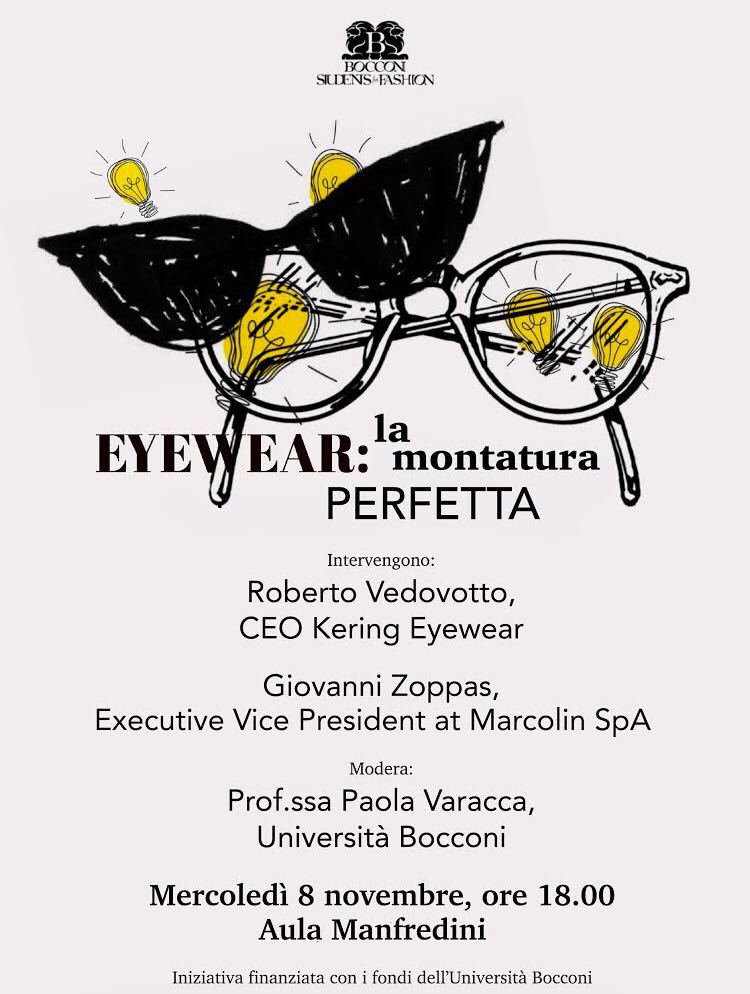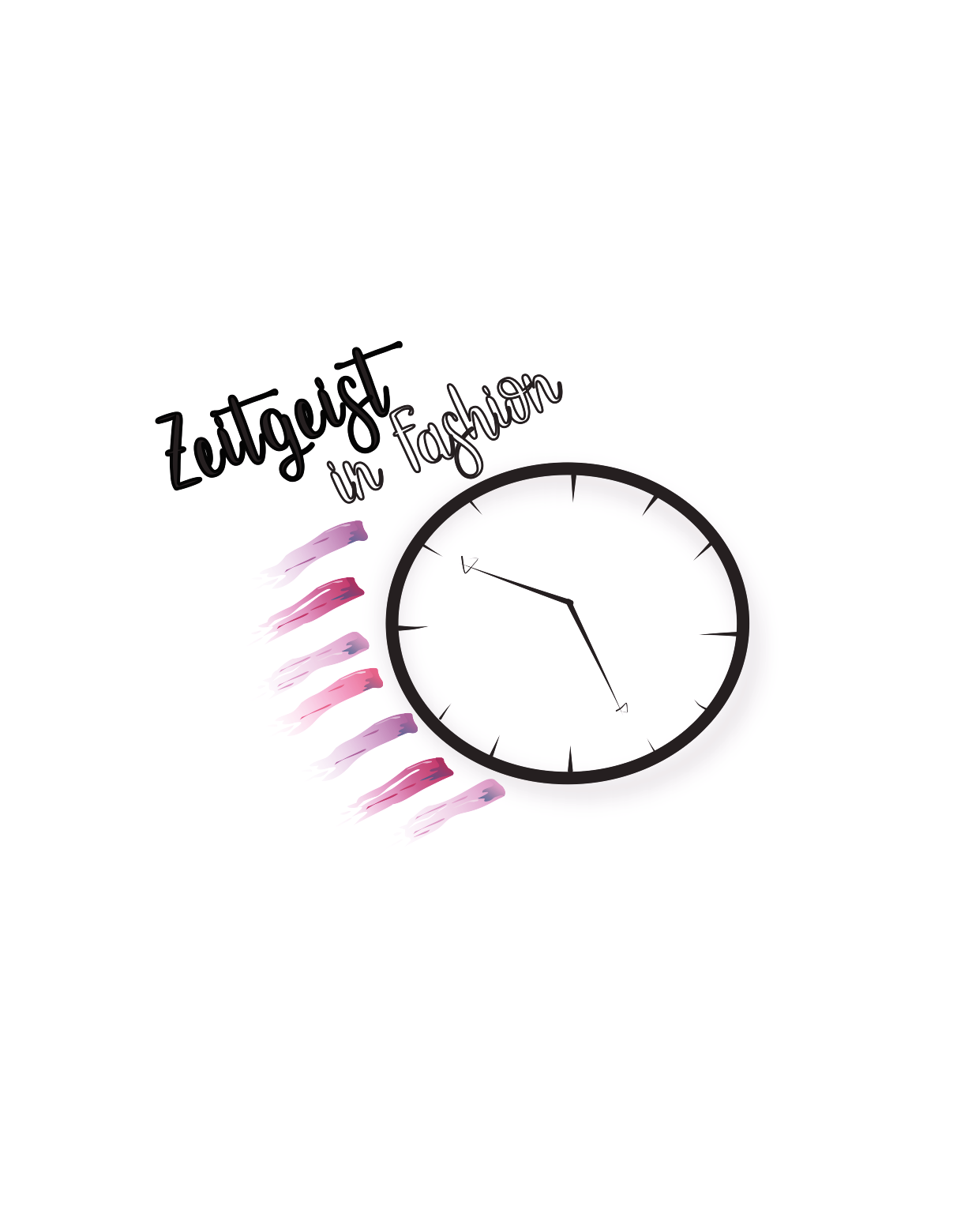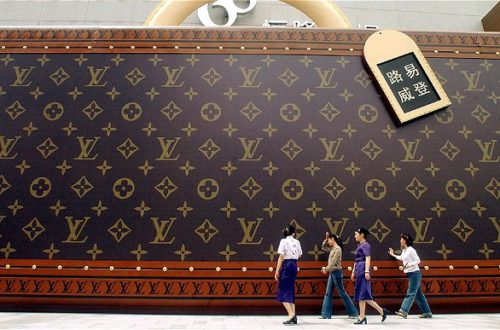Since the blast of Apple Watch launch in the market, wearables, as kinds of avant-garde intriguing devices, have caught the world’s attention.
Gartner, Inc. forecasts an increase of additional 16.7% sales from 2016 in the wearables market in 2017, meaning 310.4 million be sold worldwide. Sales will generate revenue of $30.5 billion in 2017, within which $9.3 billion will be from smartwatches.

Business Insider also predicts a continuous growth in wearables market, both for smartwatches, fitness bands and other activity trackers, and rest of wearables market. Having seen this growing market, new initiatives just can’t stop coming out with the fact that fashion companies rack their brain’s out and strive to keep up the trend.
I would like analyze the wearables in fashion based on three aspects:
- VR&AR:
Virtual Reality and Augmented Reality, as marketing tools, are widely utilized by fashion brands. According to Accenture, 59% of marketing use cases of AR/VR are for product and brand promotion. Since October 2015, Tommy Filger became the first major fashion retailer to put virtul reality headsets in stores, delivering shoppers an immersive experience of its Autumn/Winter fashion show. Followed by that, in September 2016, Rebecca Minkoff’s shoppers can upload their body photos to an App called Zeekit, and see how items in fashion show really look on their own body. Shoppers definitely engage more with fashion brands by these new digital experiences, and therefore, companies increase their sales. Neilson reports that VR increases brand recall value: People watching 360 degree videos recalled the brands, mentioned 28 times more than in traditional ads. Moreover, the company’s AR application can boost sales by 22%, according to research by Metail(London-based virtual fitting room company), partnered with Tufts University and the Kellogg School of Management.
In April 2017, Gucci just released its first VR campaign: “Soul Scene”
https://www.youtube.com/watch?v=uVBzgQ3AWHQ
In a nut shell, VR and AR are definitely effective for marketing activities. However, how to keep up with the trend, to make people use them like the way they have done with social media and engage with customers frequently with these technologies could be a future challenge.
- Smartwatches:
Having witnessed the tremendous wave of smartwatches still being leaded by Apple, and the huge proportion of the wearables market generally (with the reference to the chart of BI above), fashion companies definitely won’t miss this chance to enrich their product categories. Brands from top timepiece luxury position to premium one, such as Tag Heuer, Montblanc, Movado, Hugo Boss, Diesel, Emporio Armani, Michael Kors, and Tommy Hilfiger, all squeezed into this competition. Lately Louis Vuttion, as the latest luxury fashion brand launching its smartwatch allied with Andriod, grabbed the public’s attention.
Nevertheless, smartwatches are still confronted with their defect. A survey conducted by Gartner conveyed the message that people do not find smartwatches useful, they get bored of them or they break, with 29% of the abandonment rate. With that being said, good news still come. Gartner still predict that the device shipments will grow at an annual rate of 18% through 2021 to reach 70 million units thanks to the potential addition of new functionality and increased capabilities.

- Smart garments:
This segment includes smart clothing mainly for the health and fitness, and smart sportswear. Accenture has seen annually $100 million worth of global market for smart clothing, with a rapid 40% CAGR growth rate between 2012 and 2019.
The best case in practice would be “smart jacket” by GoogleXLevis, which allows users to control their smartphone and connect to a variety of services, such as music or maps, directly from the jacket’s sleeve.

While speaking of smart sportswear, giant players are all active in developing smart products and searching for the solutions in order to improve functionality.
| Brands | Wearables |
 |
HyperAdapt 1.0 (shoes) FuelBand (discontinued) |
 |
Fit Smart (fitness wristband), Smart Run (smartwatch), Smart Ball (soccer ball), X-Cell (chest-strap heart-rate monitor), Speed Cell (fitness clip for shoes), Heart Rate Monitor |
 |
UA HealthBox (set of products), UA Band (fitness tracker), UA Scale, UA Heart Rate (chest strap), UA Headphones (Bluetooth), Gemini SpeedForm 2 (shoes) |
This topic is overall very interesting. Because of the intervention of technology, customers will get a better user experience with more functionalities based on the current brand values. However, these technologies are still in the testing phase for most of the wearables, in the sense that they still have difficulty in integrating with people’s daily routines due to their limit functionality. People don’t think them indispensable. I personally remark my positive attitude towards this trend, and the vision of its success.
by Yancong Wang

